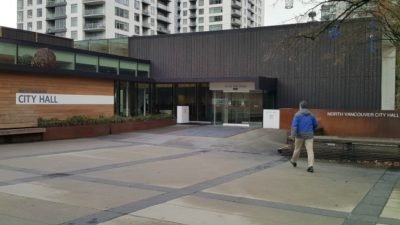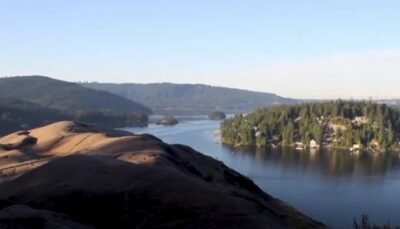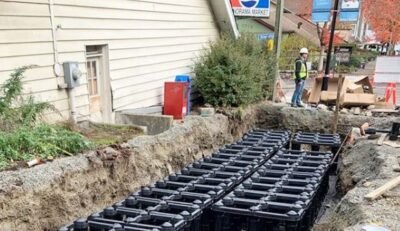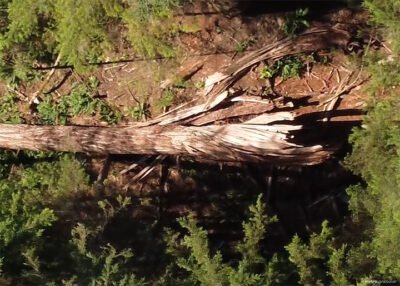District of West Vancouver is working on a new policy around traffic calming in the community, and a report by the staff to the council is expected this fall. In a recent email response to local residents concerned about speeding, District of West Vancouver’s engineering and transportation department said they are working on a new operational policy and procedure for traffic calming.
“We understand that this is an important issue for our community, and we are committed to finding the appropriate measures to address concerns about speeding and traffic safety, the letter from the department said.
The letter was not signed by any official and was in response to letters from residents wanting better traffic calming on Dundarave, British Properties, and Eagle Harbour. After a review last year, the engineering department is now developing procedures, creating a priority ranking system and a budget for council endorsement in the fall.
In 2022, the District received 58 requests for traffic calming.
“It is not uncommon for a municipality to receive contradictory concerns about a single road. One resident may request speed bumps to slow drivers down, while another finds speed humps problematic. The District aims to create a fair and consistent Traffic Calming Policy regarding how traffic calming measures will be considered,” notes the engineering department in their response.
If all the current traffic calming requests were implemented, it could cost as much as $800,000, a dedicated budget that the District does not have. However, if Council endorses the Traffic Calming Policy, staff will evaluate and rank the requests and reallocate funds from existing budgets to address several of the top ranked requests.
According to a District report, a high-level review of cyclist collisions in West Vancouver found that approximately 66% of collisions occur on 3 corridors: Marine Drive, Taylor Way, and Bellevue Avenue. A high-level review of pedestrian collisions revealed similar patterns, 67% of pedestrian collisions occur on three corridors, Marine Drive, 15th Street, and Bellevue Avenue.
District of West Vancouver also collected data in 2022 to establish a “before” traffic volume and speed benchmark in the selected neighbourhood zones. The data collected showed that within school zones which have a posted speed 30 km/hr, the speeds were 5 to 12 km/hr over the speed limit and that in 50 km/hr posted speed zones, the speeds were 3 to 13 km/hr under the posted speed limit.
The second phase of the initiative involved looking at the ICBC 5-year (2018 to 2022) collision data for the neighbourhood zone. The data showed that most collisions were at intersections and on collector and arterial roadways rather than on local roads. There were very few injury collisions in the neighbourhood zones; of the injury collisions they all occurred on collectors or arterials such at 21st Street, 22nd Street, Marine Drive, or Mathers Avenue.










Simple common sense.
Check the surveys.
Starting with the assumptions.
Can property owners and renters afford the expensive consequences?
Such as the one that came to light last night at WV’s council meeting?